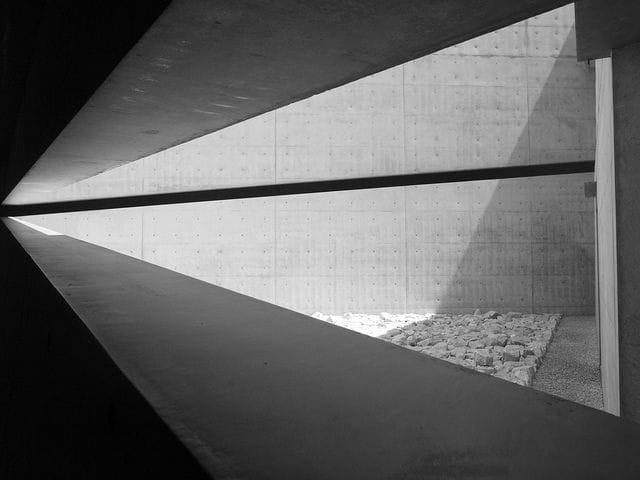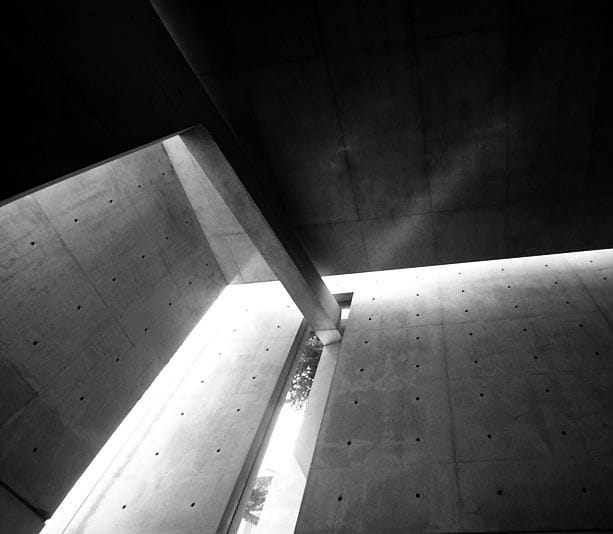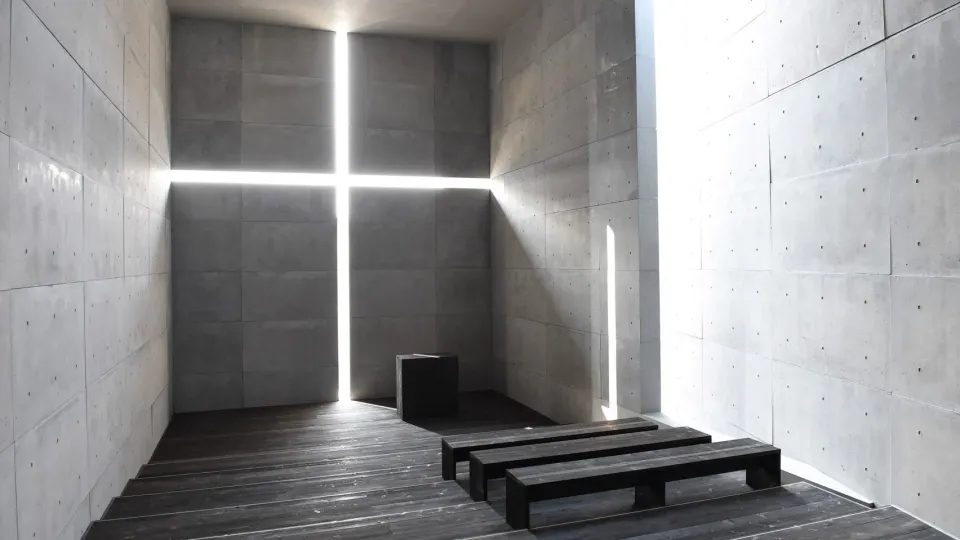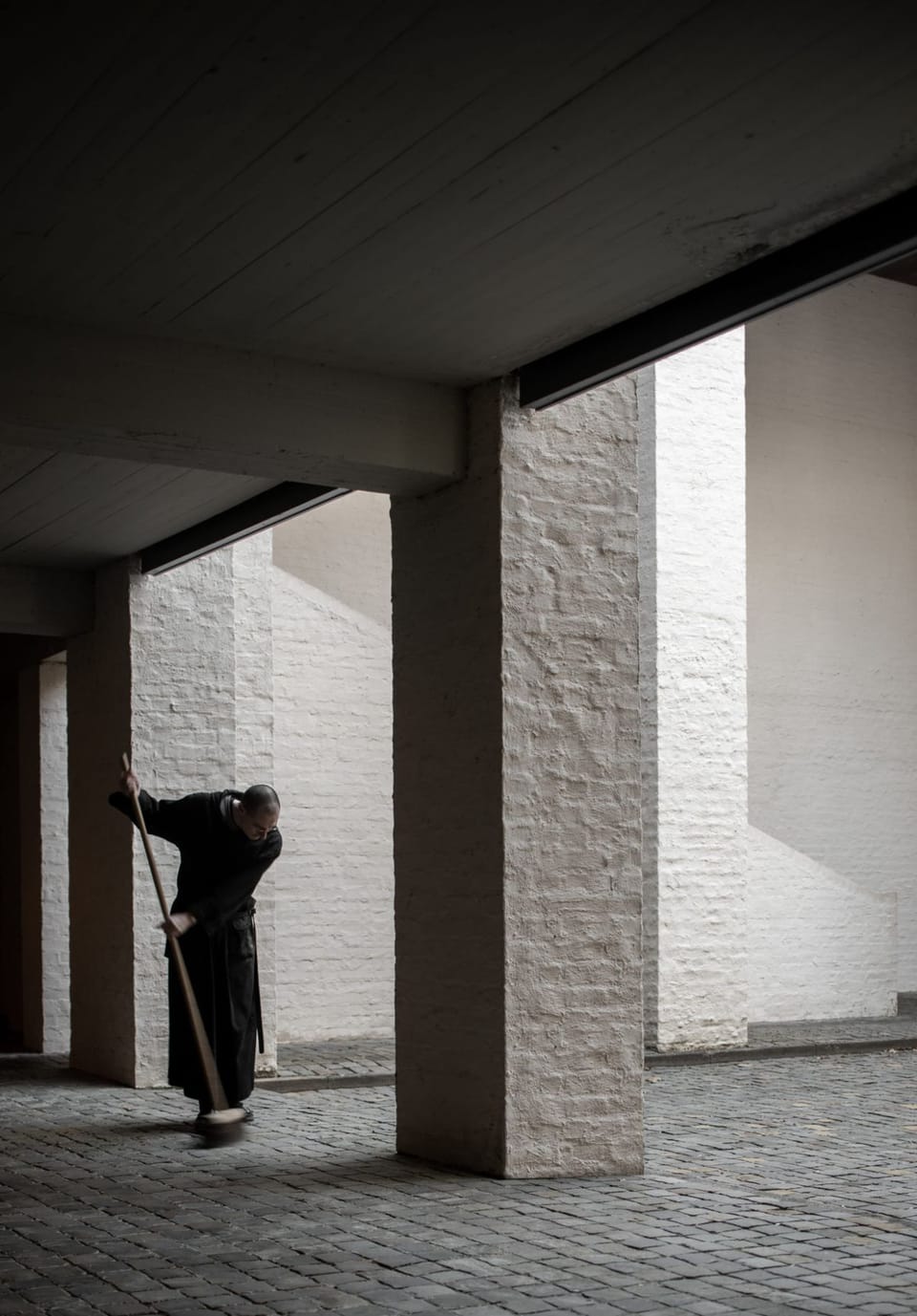Arqura Studio
Arqura explores the architecture of stillness, developing spaces that evoke silence, solitude and reflection through research-led spatial strategies rooted in atmosphere and perception.

Arqura explores the architecture of stillness, developing spaces that evoke silence, solitude and reflection through research-led spatial strategies rooted in atmosphere and perception.

Silence has become rare. Not by accident, but by design. Our cities, buildings, and homes have been shaped around productivity and interaction, not pause. In a culture saturated with sound and visual noise, the absence of both is often read as absence of value. And yet, the desire for silence

Modern environments are designed for performance. Airports, offices, shopping centres, even homes are programmed for output. Noise is not just tolerated but expected. It signals life, efficiency, progress. In this context, silence is treated as failure. A space that does not speak, entertain or produce is viewed with suspicion. Yet

What happens when a building does not speak, but listens? In an age of overstimulation, the quietest spaces can offer the most impact. This article explores how silence is not just the absence of noise in architecture, but a powerful tool for shaping emotional, sensory, and spatial experience. Silence in

In cities that hum without pause and buildings that pulse with utility, silence is often treated as a void to be filled. But silence is not the absence of meaning. It is a medium of experience, capable of carrying depth, intensity and clarity that speech often lacks. Architecture has long